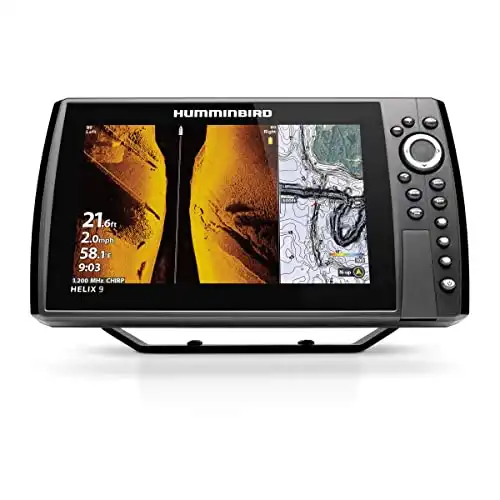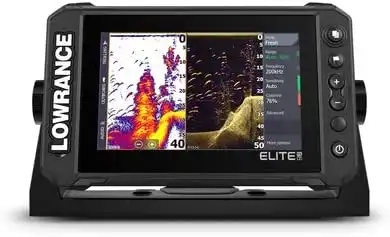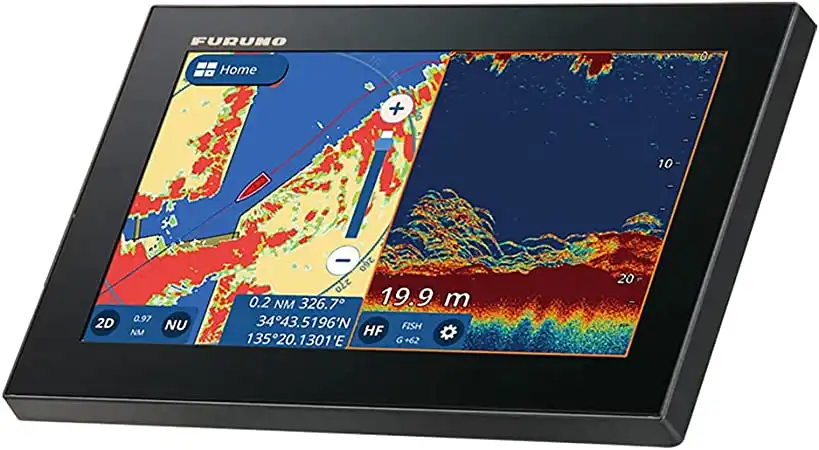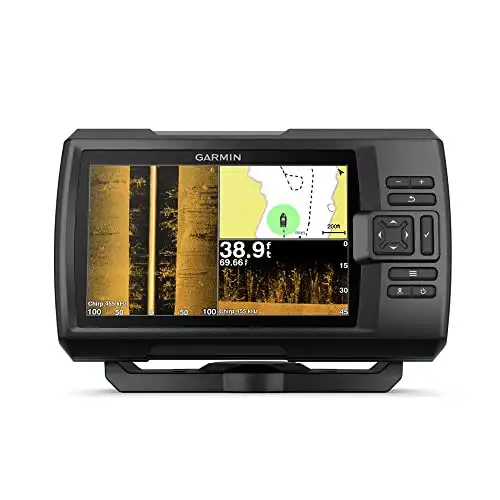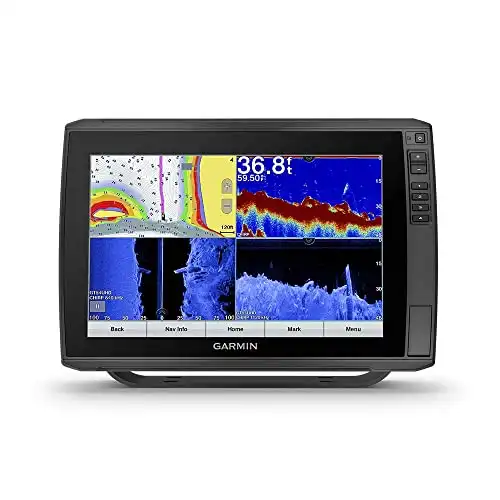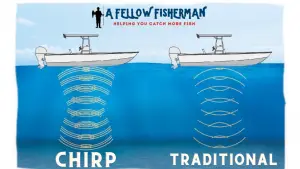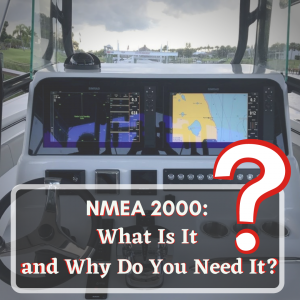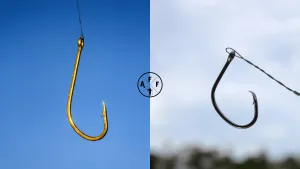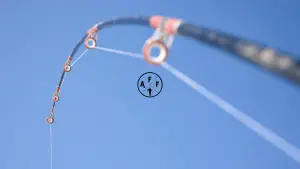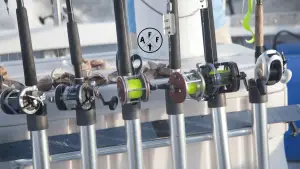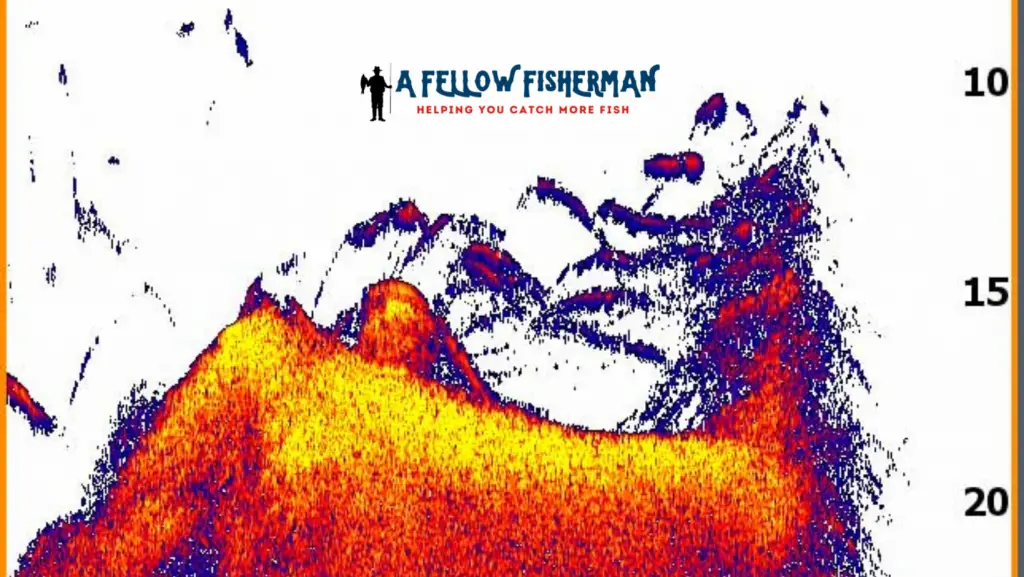
What is CHIRP sonar?
CHIRP (Compressed High-Intensity Radiated Pulse) sonar is more potent than traditional single-frequency transducers that have served the fishing community well for quite some time. This advanced technology uses shorter, intense radio waves that cover greater distances before breaking up in the water – resulting in more precise depictions of the underwater world.
CHIRP is not a new technology by any means. This sonar technology has been used by military vessels for decades and started to show in the recreational boating community about ten years ago.
We will discuss how CHIRP works and how it can benefit you for fishing and cruising.
How Does CHIRP Sonar Work?
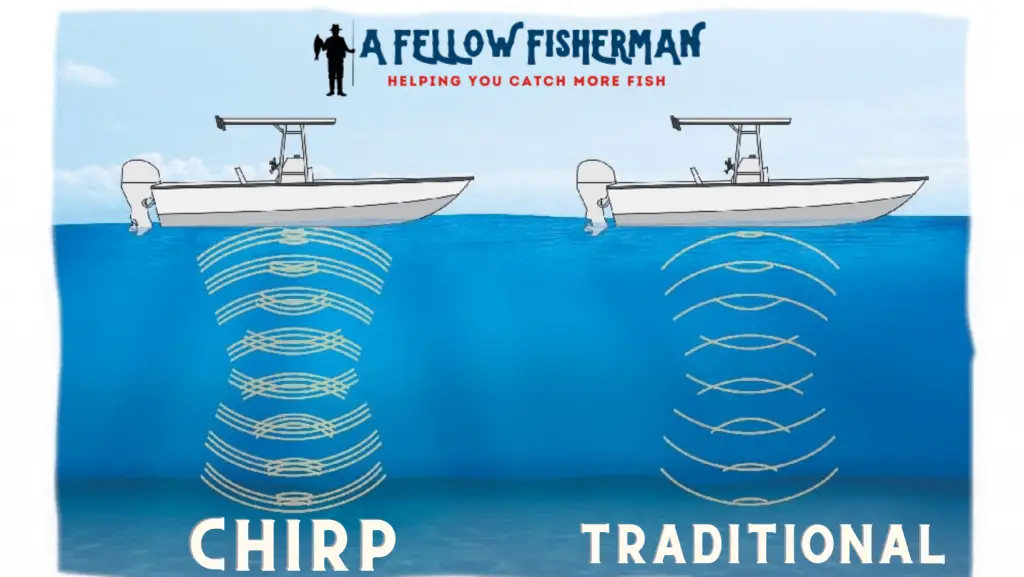
The CHIRP technology in transducers allows them to operate more effectively by compensating for inconsistencies between objects and materials.
Rather than transmitting a single frequency like 2D sonar, a CHIRP transducer produces a range of multiple frequencies that sweep the water column. The number of pulses that CHIRP has is 10 times more significant than traditional sonar.
Moreover, CHIRP can produce images with greater detail, better target separation, penetration into deep water, and decreased clutter due to minor observation of similar objects nearby around what you are viewing on your MFD.
CHIRP Frequencies
Now that you understand CHIRP and how it works let’s examine the three frequencies you have to choose from.
Low Chirp
Frequencies below 80 kHz. Low CHIRP transducer frequencies are best applied in deeper water over 1,000 feet. The performance at these depths is impressive, as the frequencies can identify targets throughout their journey in the water column. This frequency is effective up to 10,000 feet.
Medium Chirp
Frequencies between 80-160 kHz. Medium CHIRP is the best choice when seeing more prominent fish arches but less detailed imagery. It provides a broader coverage area and can scan large areas more quickly than high chirps, perfect for depths under 600 feet.
High Chirp
Frequencies between 150-240kHz. This range is best for freshwater and inland applications. I prefer to use this frequency to identify the structure on the bottom or track my lure while bottom fishing. It is also effective for identifying schools of baitfish.
Determining Fish Size
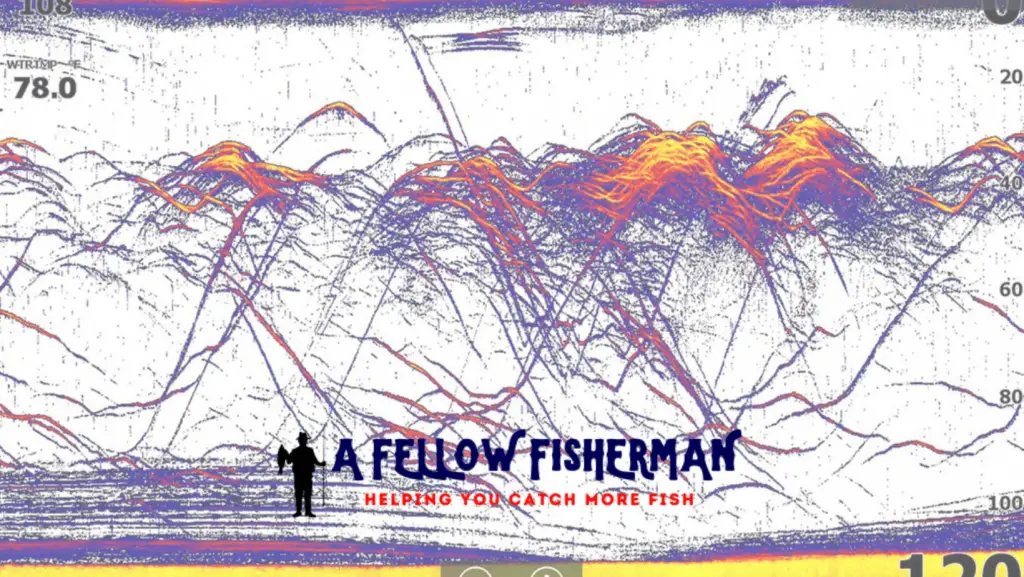
That arch on your MFD is long, but that doesn’t mean it’s a record-setter. A long arch depicts an object that was consistently detected by your sonar for an extended period.
Single Fish
The width of the arch on your screen distinguishes the fish’s size. If the arch is vast and vibrant in color, you look at a large fish.
Schools of Fish
Schools of fish will appear as large clusters with intense color, this may seem obvious, but it is often overthought.
Benefits of CHIRP Sonar
- Ability to scan at much greater depths than traditional sonar
- More clarity and detail when used in deeper water compared to conventional sonar
- Greater target separation
- More defined arches that are easier to interpret
- Greater detail of structure and bottom surface
How can CHRIP help you catch more fish?
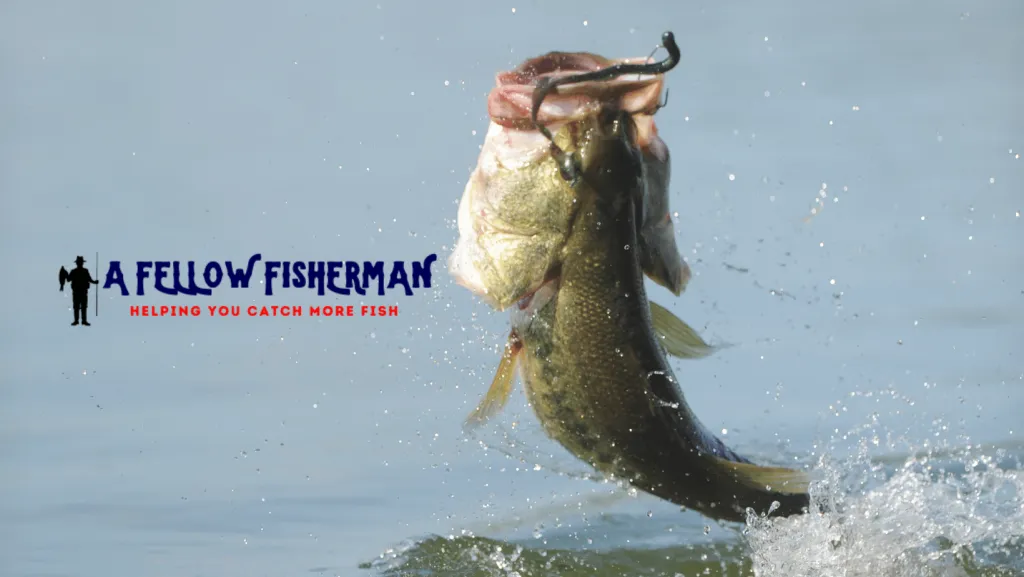
Now that you know how CHIRP works and its benefits, let’s look at how it can help you catch more fish.
Fishing Structure
CHIRP sonar excels at identifying structure on the bottom. This is helpful when locating fish-holding features such as reefs, drop-offs, ledges, and submerged vegetation.
Identifying Baitfish
One of the most critical aspects of CHIRP sonar is its ability to separate baitfish from gamefish. This is done by scanning at various frequencies, which allows you to see baitfish in greater detail. CHIRP can also help you locate baitfish schools, often followed by gamefish.
Tracking Lures
CHIRP sonar can also track your lure as it moves through the water column. This is helpful when fishing deepwater structures or determining if your lure is where you want it to be.
This is all great, but what about the cost?
CHIRP sonar’s cost can be daunting, but the benefits often outweigh the cost. CHIRP sonar is available on smaller displays for just a hair over $100. For example, the Garmin Striker 4″ is one of the least expensive options available with CHIRP. The larger displays around 9″ or more start at around $1,000 and go up from there. The size of the display and the overall capability of the transducer will affect the price. The price is typically worth it when considering CHIRP sonar’s benefits.
Below are some of our favorite packages set up for CHIRP sonar.
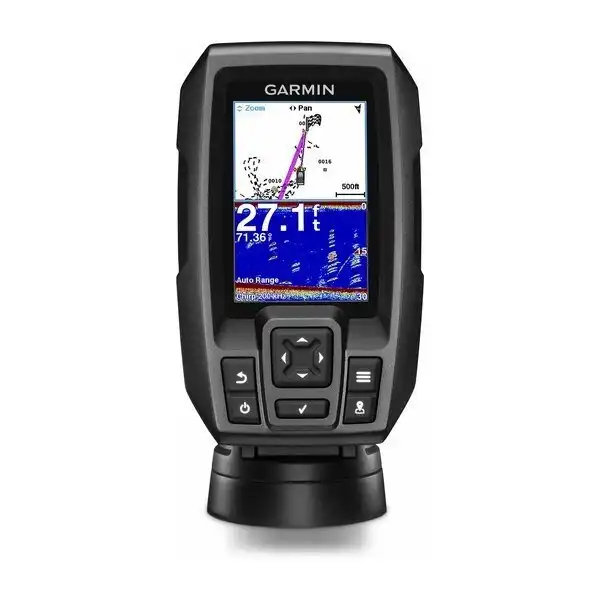
$139.99$121.75Shop on Amazon Shop on BluewaterFor the price, you can’t beat the Striker 4 by Garmin. Versatility and expandability are the hallmarks of this little unit and why it is a contender for the best fish finder for bass.
04/03/2024 03:37 pm GMT
Final Thoughts on What is CHIRP Sonar?
CHIRP sonar is an impressive feature that can find fish in various situations. By understanding how CHIRP works and its benefits, you can use it to your advantage on the water. CHIRP sonar is a great investment that can help you catch more fish.
For guidance on choosing the right fish finder, check out the pages below:

